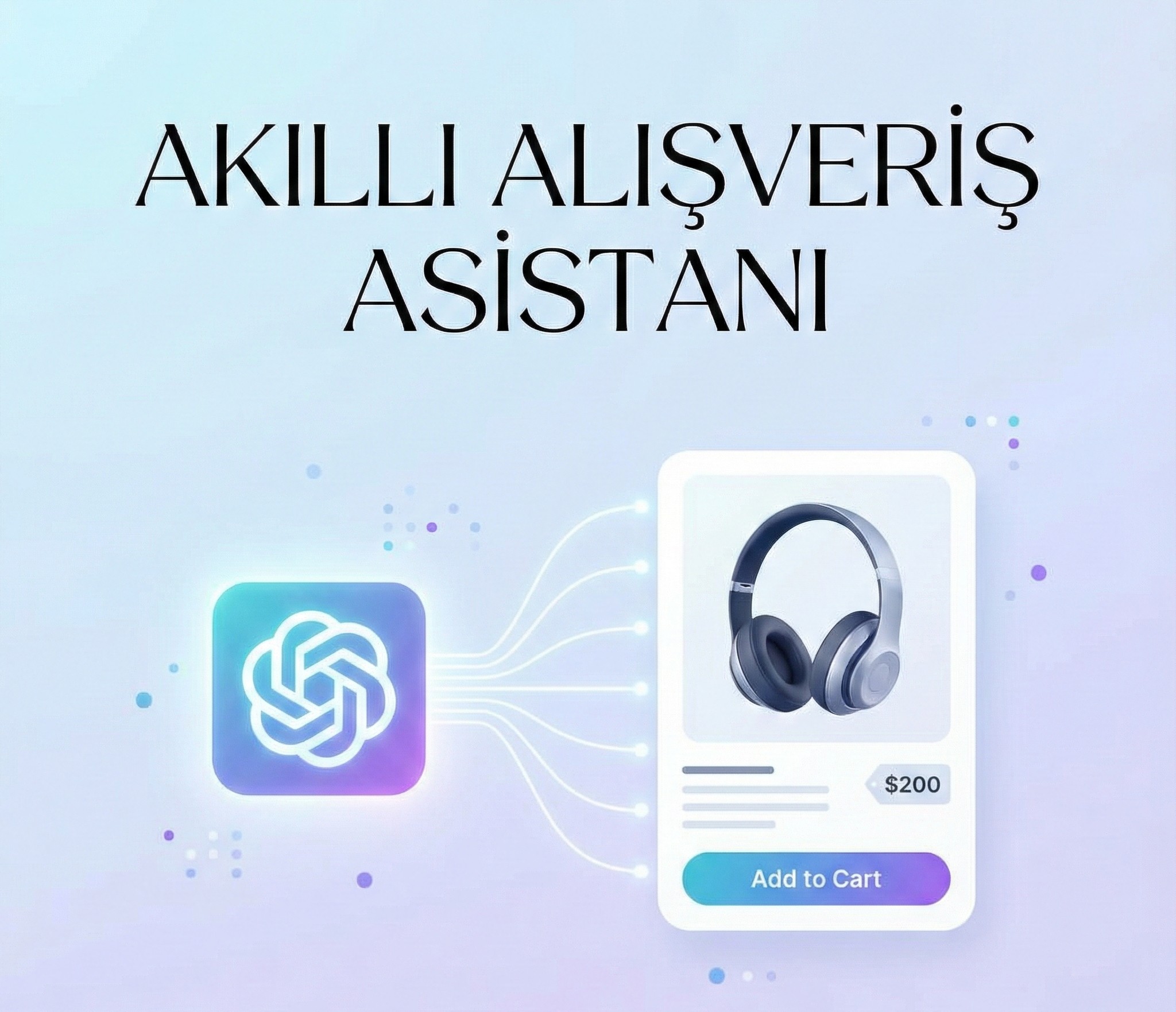Google has taken the translation experience to the next level by adding two AI-powered features to the Google Translate app: Live Translate and Practice. Thanks to these innovations, not only is real-time communication across different languages becoming easier, but users also have the chance to learn a new language directly within the app. So, how exactly do these features work, and what advantages do they bring to our daily lives?
Language Learning Inside Google Translate
The new “Practice” feature in Google Translate goes beyond simply translating words or sentences. It also offers users the opportunity to practice speaking and listening. The AI-powered system creates personalized scenarios based on the user’s chosen level (beginner, intermediate, advanced) and purpose (travel, business, casual conversation).
Through role-play style mini dialogues, users can simulate real-life conversations. In listening activities, learners can pick the correct words, while in speaking activities they can form sentences with the help of AI-provided hints. The app also tracks daily progress, making the learning journey more structured.
For now, the feature is available for English speakers learning Spanish and French, and for Spanish, French, and Portuguese speakers learning English. This makes Google Translate not just a translation tool, but also a language learning platform.
How Does Live Translate Work?
The Live Translate feature enables two people who speak different languages to communicate in real time. The app automatically detects speech and provides both voice translation and dual on-screen text. While both sides continue speaking in their native language, the app delivers instant translations continuously.
Currently supporting 70+ languages, the feature has first rolled out in the U.S., India, and Mexico, with global expansion expected soon. Imagine a tourist ordering food at a restaurant or a businessperson navigating a foreign meeting—this feature makes everyday interactions significantly easier.
Comparison with Competitors
Google Translate’s move will heat up competition in the language learning and translation market. Apps like Duolingo have long offered gamified language learning experiences. However, Translate’s advantage lies in combining learning with real-time translation within the same ecosystem.
Meanwhile, Pixel and Samsung devices already offer “Live Translate” features, but they are mostly focused on calls and in-device captions. Google Translate’s version, on the other hand, highlights app-based two-way conversations, giving it a distinct edge.
Real-Life Use Cases
These new features shine across various scenarios:
- Social life: Breaking down language barriers while making new friends.
- Business meetings: Allowing professionals speaking different languages to understand each other instantly.
- Education: Students gaining confidence through AI-powered speaking practice.
- Travel: Communicating easily with taxi drivers, hotel staff, or restaurant servers abroad.
All of these examples show that Google Translate has evolved from a supportive tool into an active communication and learning platform.
The Future of Google Translate
The new Live Translate and Practice features highlight once again how technology impacts our daily lives. With AI support, instant communication, real-world language practice, and borderless interactions are now easier than ever.
Although these features are not yet available worldwide, they signal that Google Translate is on its way to becoming an even more powerful bridge between languages in the near future.





